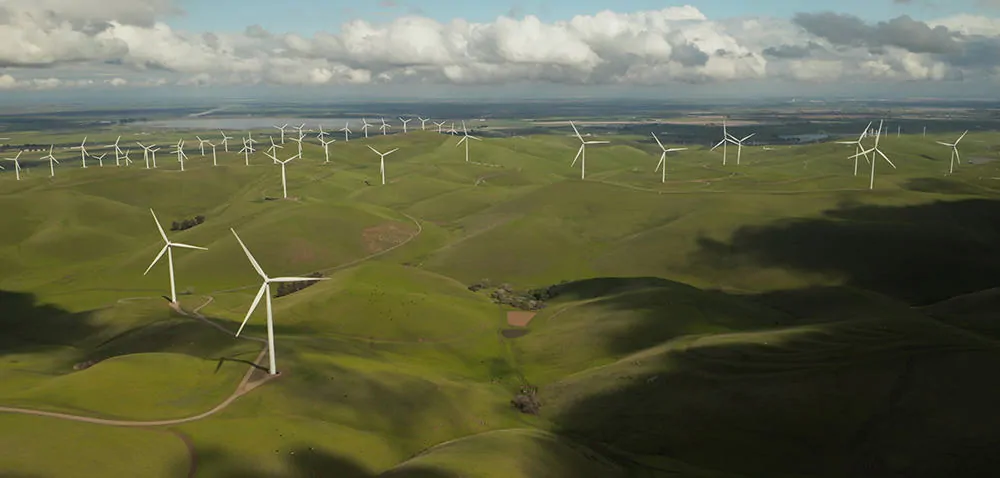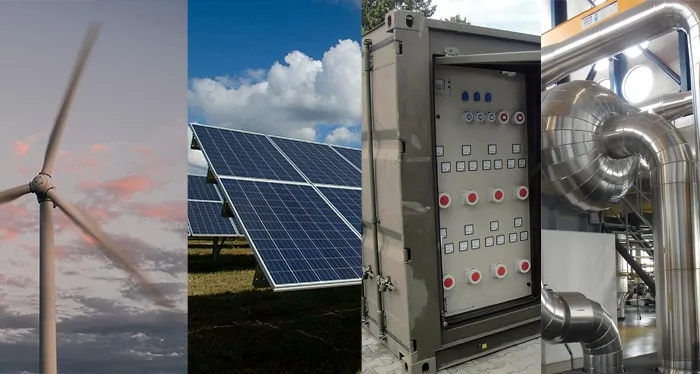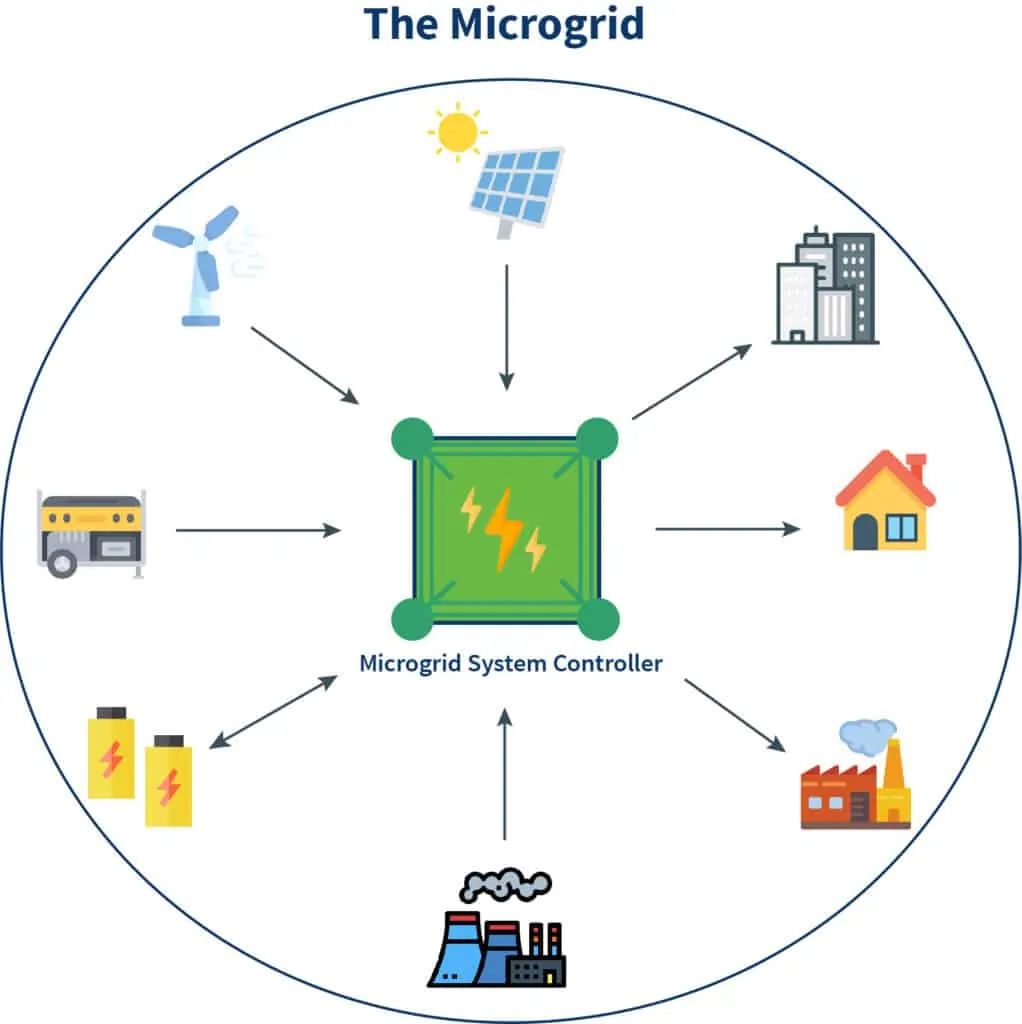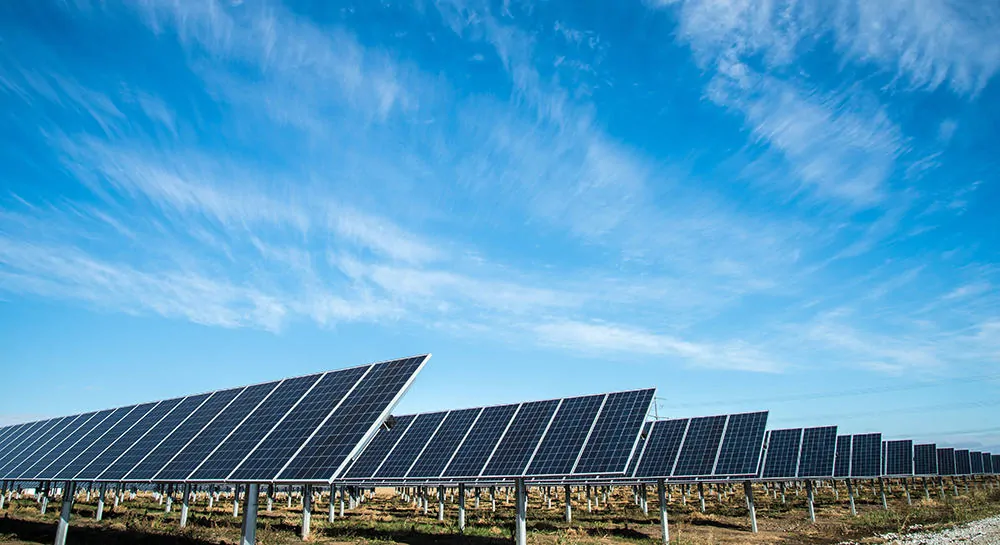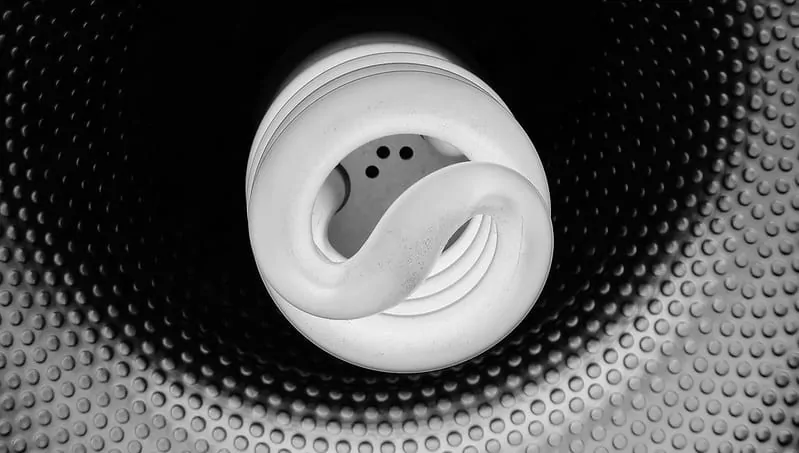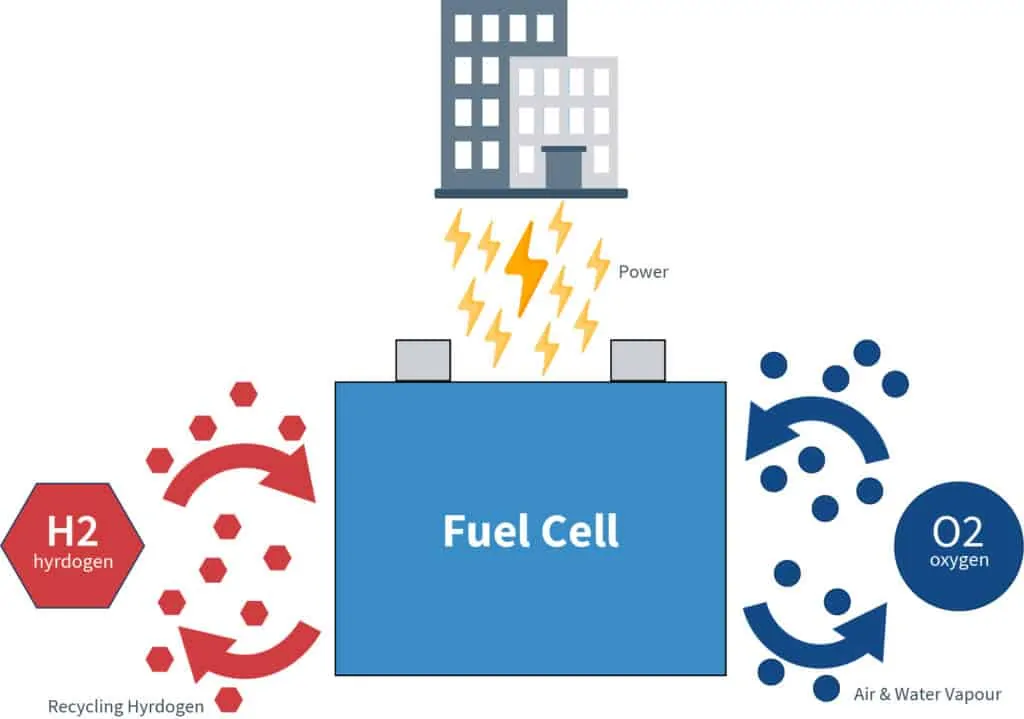Did you know that 90% of companies are losing countless dollars by not finding ways to conserve energy in their buildings?
This leads to needlessly high energy usage and costs. These costs can easily be reduced by upgrading this equipment and finding ways to conserve energy. Doing so leads to increased ROI, boosted profitability, reduced carbon footprints, and lower energy bills.
Our Energy Services Division is dedicated to helping businesses become more energy efficient. We do this in a way that makes green projects more affordable and simpler. This is accomplished by helping businesses navigate and implement energy conservation and facility improvement programs. More than just a service, we help businesses carry out customized efficiency projects that hep achieve budget and sustainability goals.
We Help Businesses Find Ways to Conserve Energy in a Few Simple Steps:
Step 1
First, we work with you to identify areas in your building that could be running more effectively and efficiently. The culprits are often underperforming mechanical and electrical equipment.
Step 2
From here, we work with you to understand your budget goals, financing requirements, savings metrics, and the like. We are also working with our Efficiency Partners in tandem. They help us analyze your building and usage to find ways to conserve energy in the building. They recommend various upgrades that will help optimize the building’s performance.
Step 3
We then help you select the technology that would be most beneficial for your facility. We work proactively with the local utility to maximize program incentives based on equipment options.
Step 4
Next, we work on providing you a list of financing options. We make sure these choices are in line with your business needs while maximizing ROI.
Step 5
Then, our Efficiency Partners begin to implement and install the project. We provide you with visibility and updates all along in this process.
Step 6
Once the implementation is complete, we then work to position your new energy agreements. This is done so you can capture the maximum benefits from the project.
What Happens Next on Your Efficiency Project?
Your energy efficiency project is complete and you’ve found ways to conserve energy in your building! Congratulations!
However, our work does not end here. We provide ongoing support to ensure all building operations are running smoothly.
The savings from these efficiency & sustainability projects are astronomical. In 2018, we were able to reduce greenhouse gas emissions by 2,353,829 lbs! This saved our clients over $218,500 in energy costs!
Below is a brief overview of some of our most popular efficiency programs. While these are the most common programs, we can work through any efficiency project to ensure sustainability goals are met.
When the demand for energy is outpacing the electricity supply on the grid, unexpected power outages can occur. During these times, users in Demand Response programs can be called upon to curtail their usage. This helps both the grid as well as the users find ways to conserve energy. These programs are very beneficial to participating users because they are compensated for their curtailment actions!
Businesses involved in these programs also experience reduced capacity costs, better operational reliability, and increased safety protocols. They can also receive funds for other business projects or internal resources.
Distributed Generation (DG) is grid-connected technology that can run independently. These generators produce and store electrical power for a building. This type of generation can take place locally with larger, decentralized renewable energy technology (wind turbines, geothermal, solar fields, etc.). It can also be done with technology right at the building’s location.
Distributed Generation devices are typically small, modular fuel cell or gas-powered generators (similar to backup generators). They can also be smaller renewable energy generators (solar panels, etc.) that have enough power for a portion of a building. Some of these renewable energy generators can also produce enough power for an entire building.
Certain distributed generation devices can even produce additional revenue streams for the user. DG systems provide reliable, inexpensive, and more efficient power. They also minimize environmental impact like habit disruption and greenhouse gas emissions.
Microgrids, a type of distributed generation, are self-contained power systems that are used to power a small geographic area. While they are connected to the centralized grid, they can be disconnected from it to power local buildings. There are a variety of systems that can generate power for a microgrid. These include solar energy panels, wind turbines, fuel cells, and more.
Microgrids are often used in remote areas, military operations, and industrial projects. They are also increasingly being used in cities/towns, urban centers, campuses, hospitals, and data centers. Microgrids provide higher energy efficiency, minimize overall energy consumption, and reduce the impact on the environment. They are also beneficial to the electrical grid as they help relieve congestion and reduce power losses.
The concept of photovoltaic (PV) solar energy is simple: panels capture the sun’s energy and convert it into electricity. When excess electricity is generated, it is sent back to the grid.
Solar energy has little impact on the environment. It also offers multiple tax incentives, federal grants, and rebate programs that assist with initial costs. Solar panels can be installed directly on a building. They can also be accessed through a public solar field/farm on the grid. This process is called virtual net metering (varies per state/utility).
Upgrading a building’s old and outdated lighting is one of the most common ways to conserve energy. The process is simple and can reduce energy usage by as much as 75%!
Because of this, projects like upgrading to higher efficiency LED fixtures and implementing advanced lighting controls are some of the most cost-effective efficiency upgrades for a building. These projects can slash operation costs, reduce a building’s carbon footprint, significantly lower energy use, and much more.
Combined Heat and Power Systems (CHP) or cogeneration is technology that generates electricity and captures the heat byproduct. This byproduct that would otherwise be wasted is used to create thermal energy. The thermal energy (like steam or hot water) can be used for heating, cooling, hot water, and industrial/manufacturing processes.
CHP units can be used as a utility resource or installed at an individual building. They are typically used in facilities where there is a need for both electricity and thermal energy. This equipment is energy efficient, environmentally friendly, economical, and very reliable.
Fuel Cells are electrochemical cells that transform chemical energy of fuels like hydrogen and oxygen into electricity through chemical reactions. These types of fuel cells can continuously produce electricity as long as there is a steady supply of fuel (natural gas) and oxygen.
While systems like this can be expensive, they are extremely green as they do not produce greenhouse gas emissions and provide reliable energy as they don’t need to be connected to a centralized grid. They are popular in remote locations where it is difficult to transmit electricity to.
Other Efficiency Programs & Services
We also work on a whole host of other efficiency programs not mentioned in this article! Some of the ones we most frequently help our clients navigate are HVAC Upgrades, Sustainability Programs, and Carbon Reduction Programs.
Determining the right program for a business is just one important aspect of what our Energy Services Division does. We are committed to ensuring every element of an efficiency program implementation is covered. In this vein, we also help our clients find strategic and cost-effective ways to finance these programs. Often the most convoluted aspect of an efficiency project, it’s vital to have a partner with you every step of the way.
In short, making your facility more efficient, economical and sustainable is not as difficult as it seems when you have the right partner and the result benefits not only your business and employees, but the whole community! To request a consultation with our Energy Services Division to find out if your facility would benefit from an efficiency upgrade, let us know today.

